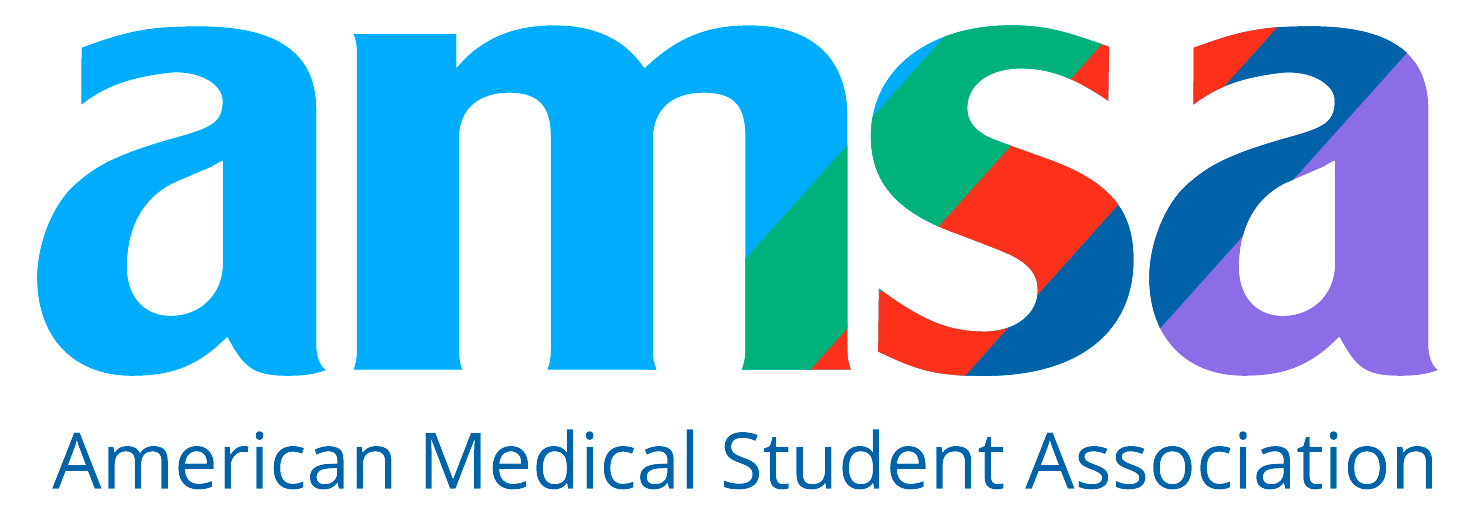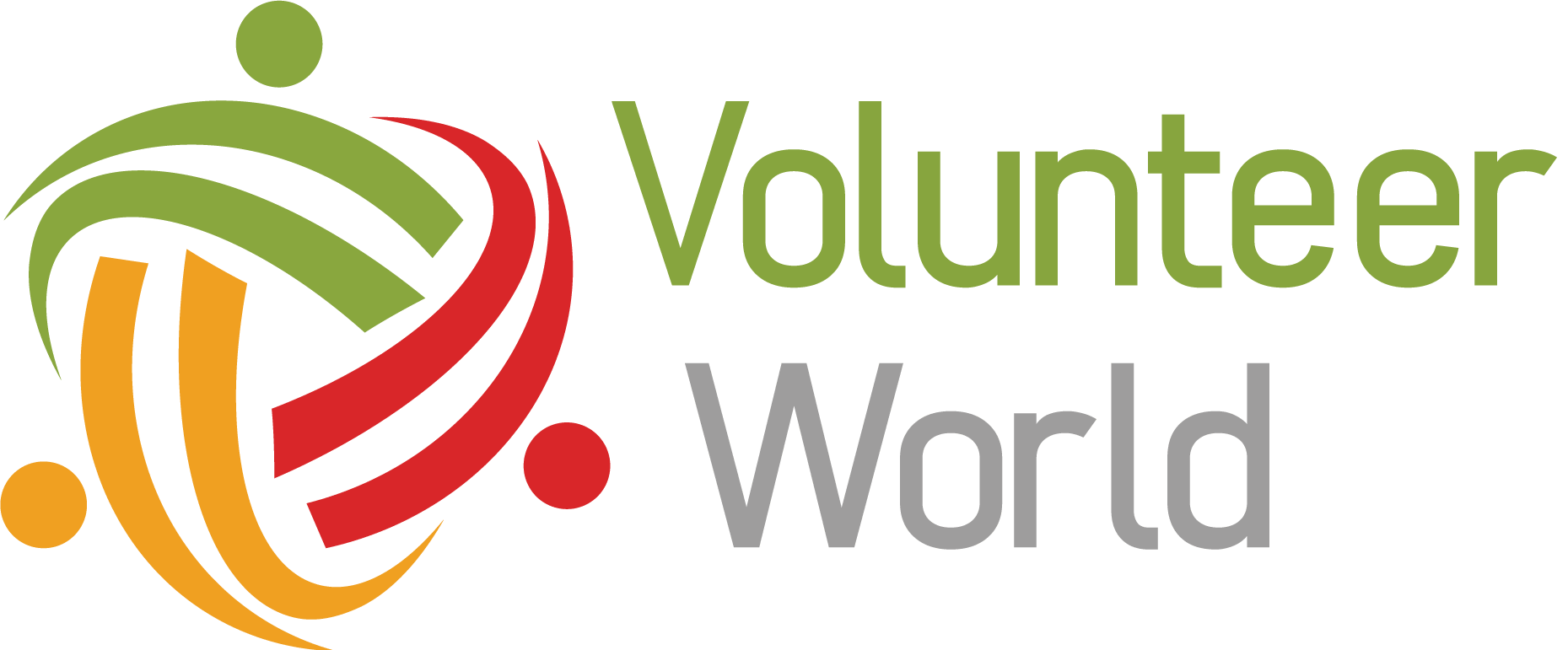Applying to Competitive Medical Schools: Smart Strategy or Unnecessary Risk?
Go-Elective Abroad
Applying to Competitive Medical Schools: Smart Strategy or Unnecessary Risk?
Applying to medical school is already one of the most challenging steps on the journey to becoming a healthcare professional. But should you aim for the absolute toughest programs? From Ivy League institutions to highly competitive state schools, the hardest medical schools to get into can offer incredible opportunities—but they also come with exceptionally high standards.
In this guide, we’ll help you weigh the pros and cons of applying to these elite programs, while showing how you can position yourself as a top-tier candidate through strategy, preparation, and standout global healthcare experience.
First Step: Self-Assessment Before Targeting Competitive Schools
Before you add the most selective med schools to your list, start with a realistic assessment of your profile. Top medical schools want much more than strong academics—they want well-rounded, motivated future physicians who have gone the extra mile.
Ask yourself:
- Do my GPA and MCAT scores meet or exceed the median for these programs?
- Have I gained diverse clinical exposure (domestic and international)?
- Do I have leadership, research, and volunteer experience aligned with my healthcare goals?
- Will this school help me grow personally and professionally based on its curriculum, mission, and resources?
Pro Tip: Top med schools like Harvard or Stanford aren’t just looking for perfect numbers—they want leaders, innovators, and empathetic global citizens.
International internships, such as Go Elective’s medical placements in Kenya or Tanzania, are a great way to demonstrate your commitment to global health and cultural competence.
Why Do Students Apply to the Most Competitive Med Schools?
Here are some of the reasons why pre-med students are drawn to top programs:
- Prestige and global reputation: Institutions like Johns Hopkins, NYU, and Mayo Clinic are recognized worldwide.
- Research excellence: These schools often provide unparalleled research opportunities with leading experts.
- Access to competitive residencies: Graduating from a top-tier school can improve match outcomes for competitive specialties.
- Financial aid: Surprisingly, many elite med schools offer generous aid packages or even full tuition coverage (e.g., NYU Grossman).
- Networking: The alumni networks at these institutions can open doors globally in medicine, academia, and public health.
Financial Considerations
Keep in mind that application fees, travel for interviews, tuition, and living expenses can add up quickly. However, schools like Harvard and Yale may offer need-blind admissions and scholarships that significantly offset costs.
Always research each school’s aid policies carefully. Remember, return on investment (ROI) is not just financial—it also includes the quality of education, research opportunities, and clinical training.
Should You Consult an Admissions Advisor?
Applying to hyper-competitive schools often means fine-tuning every detail of your application. Consulting a pre-health advisor at your university or working with professional admissions consultants can help you:
- Identify programs that align with your values and goals.
- Highlight underutilized strengths in your personal statement or interviews.
- Optimize your strategy for both top-tier and mid-range programs.
7 Expanded Tips to Get Into the Hardest Med Schools
-
Go Beyond GPA and MCAT Numbers
While schools like Stanford and Harvard expect GPA ≥ 3.9 and MCAT ≥ 520, a perfect score alone won’t secure you a spot.
Demonstrate that you are more than a high-achiever. Show intellectual curiosity, leadership, and a dedication to service through unique extracurriculars like international medical internships.
-
Start Early: The Application Calendar Matters
Applying early in the cycle allows you to:
- Access interview slots before the applicant pool grows.
- Resolve unforeseen delays (e.g., MCAT retakes or incomplete recommendation letters).
- Maximize your chances with rolling admissions.
By submitting your AMCAS or AACOMAS application in early June, you stay ahead of the curve.
-
Customize Your Narrative to Fit Each School
Top programs differ significantly:
- Columbia may prioritize health equity and service to urban populations.
- Mayo Clinic focuses on patient-centered care and research excellence.
- Georgetown integrates Jesuit values and community service.
Tailor your secondary essays and interviews to match the unique mission of each institution.
-
Build a Standout Application Portfolio
How can you show you are ready for the most competitive med schools? Through your:
- Personal statement: Share authentic experiences that shaped your path to medicine.
- Clinical exposure: Highlight hospital internships, volunteer work, and patient interactions, especially in underserved or global health settings.
- Research involvement: If applicable, describe any presentations, abstracts, or publications.
- Leadership and service: Explain how you’ve led organizations, initiated projects, or participated in impactful volunteer work.
Global health internships with Go Elective offer excellent talking points for essays and interviews!
-
Prepare for Interview Day Like a Pro
MMIs and traditional interviews at competitive schools test:
- Your communication skills.
- Cultural sensitivity and professionalism.
- Ethical reasoning under pressure.
Mock interviews and working with mentors will help you feel confident when the big day arrives.
-
Expect (and Prepare for) the Waitlist
Even exceptional candidates are often waitlisted. Craft a well-thought-out letter of intent stating why you are a perfect fit for the school. Express continued interest and update them on any new achievements.
-
Build Bridges if Needed: Post-Bac or SMPs
Post-baccalaureate programs and Special Master’s Programs (SMPs) can strengthen your candidacy if your GPA or MCAT isn’t yet at the competitive level. Some programs even offer linkage agreements with partner med schools.
How Difficult is Medical School Admission Today?
The competition remains fierce. According to the latest AAMC data, only 41.2% of applicants gain admission to at least one medical school. At top programs, this rate drops dramatically to below 2%.
That’s why diversifying your school list—including target and safety schools—while still applying to elite institutions is the most strategic approach.
What Happens After You Get In?
The Reality of Medical School Life
- Lecture-heavy first years: Biochemistry, anatomy, physiology, pathology, and pharmacology.
- Lab-based learning: Clinical skills labs, gross anatomy dissections, and standardized patient interactions.
- Clinical rotations: Surgery, internal medicine, pediatrics, OB/GYN, psychiatry, and more.
- High-stakes exams: USMLE Step 1, Step 2 CK, and ultimately Step 3 post-graduation.
Whether you’re at a top-tier school or a mid-range program, the workload, responsibility, and expectations are universally high.
Why Global Health Internships Give You a Competitive Edge
Medical schools increasingly value cultural competence and global health awareness. Programs like Go Elective’s internships in East Africa provide:
- Exposure to public health challenges and healthcare inequities.
- A deeper understanding of how social determinants affect patient care.
- Clinical shadowing in hospitals facing resource constraints.
Learn how our Kenya and Tanzania internships set you apart in med school applications and future healthcare careers.
Sample of the Hardest Medical Schools to Get Into (2025 Data Snapshot)
Final Verdict: Should You Apply to Elite Med Schools?
If your stats and experiences are strong, yes—you should absolutely apply to one or two top-tier schools alongside a balanced list of others.
However, even the “easiest” med schools still demand serious academic commitment, clinical preparation, and resilience.
Pro Tip: Leverage every opportunity, including global internships, to stand out.
FAQs
What’s the average GPA at top medical schools?
Top schools typically expect GPA ≥ 3.7, though 3.9+ is common at Ivy Leagues.
What MCAT score makes me competitive?
An MCAT ≥ 515 (90th percentile) is competitive, but many top schools average 518–522.
Are Canadian medical schools harder to get into?
Generally, yes. Limited seats and high competition make Canadian med school admissions highly selective.
How can Go Elective help?
Our clinical internships in Kenya and Tanzania:
- Build patient-care hours.
- Strengthen your global health portfolio.
- Prepare you for med school interviews and applications.
Apply today or learn more about Go Elective’s programs here.
Article Details
Categories
Recent Articles , Pre-health, Medical Electives,
Author: Go-Elective Abroad
Date Published: May 8, 2025
Travel with us.
Inquire Today!
Go Elective offers immersive opportunities for medical students, pre-med undergraduates, residents, nursing practitioners, and PAs to gain guided invaluable experience in busy hospitals abroad. Discover the power of study, travel, and impact.






